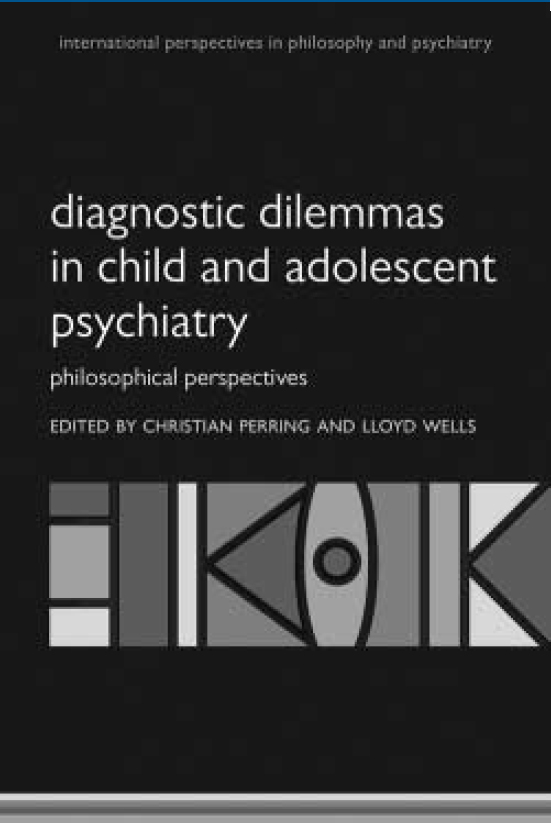
The conceptual, philosophical and evidential basis of psychiatric diagnosis has come under renewed scrutiny, particularly since publication of DSM-5. Heated exchanges are taking place in conferences, journals and in social and public media. The lack of diagnostic markers has led some groups to develop new diagnostic systems (such as the Research Domain Criteria from the National Institute of Mental Health in the USA) in the belief that this will enable the discovery of elusive biomarkers and bring the process of psychiatric diagnosis in closer alignment with the rest of medicine. Others (such as the British Psychological Society) have been emboldened to publish position statements that conclude that the time has come to dispense with the practice of giving psychiatric diagnoses altogether. Meanwhile, service users are split, with passionate verbalisations both for and against the utility of psychiatric diagnosis to their lives. It is therefore important to have works that help us to reflect thoughtfully and critically on all aspects of the clearly problematic area of diagnosis in psychiatry.
Having read, enjoyed and found helpful many other books in the Oxford series on philosophy and psychiatry, I jumped at the chance to review this book as we are particularly bereft of texts that critically examine psychiatric diagnosis in childhood. However, I never felt this book was able to deliver anything more than a superficial analysis of dilemmas when diagnosing as opposed to dilemmas with diagnosis.
The book is an edited volume containing 14 chapters that are grouped into two sections: ‘theoretical and conceptual issues’ and ‘particular disorders’. The chapters look at subjects ranging from the impact of neuroscience to how we categorise relationship problems. Diagnoses such as paediatric bipolar disorder, attention-deficit hyperactivity disorder and conduct disorder get particular scrutiny.
The main problem, however, is that the authors come from a position of assuming that diagnosis in child psychiatry is a good thing and is here to stay, and so have limited themselves to discussions about the process of making diagnosis and the limits of diagnosis. There was little engagement with more fundamental conceptual issues and an almost complete absence of reference to multidisciplinary works that examine our concepts of childhood, child development and family, or the critical literature on cultural concepts or the evidence base on outcomes following treatment. For me, this meant it never reached the heart of the current live debates and disputes mentioned above.





eLetters
No eLetters have been published for this article.